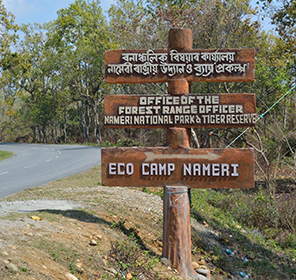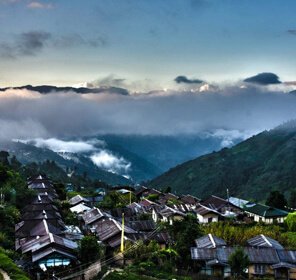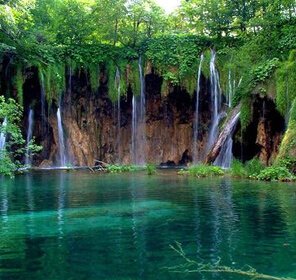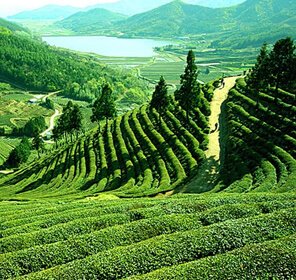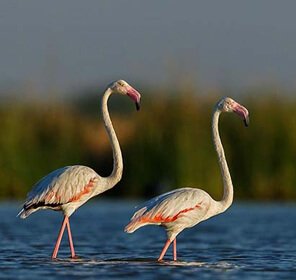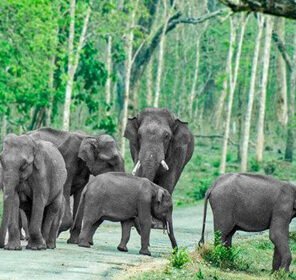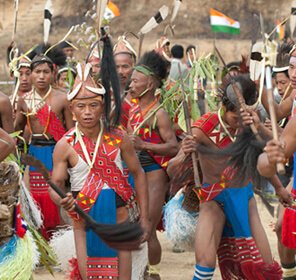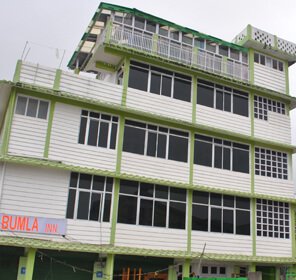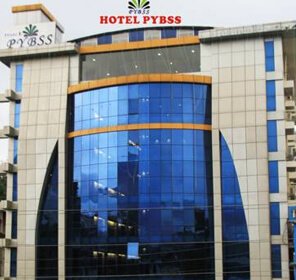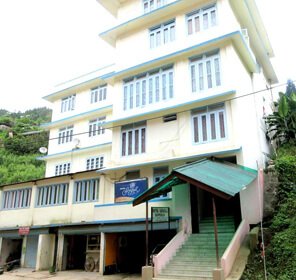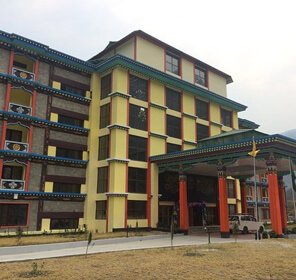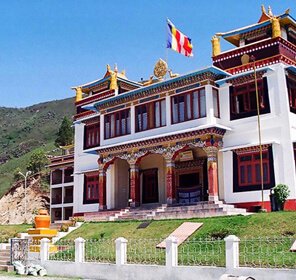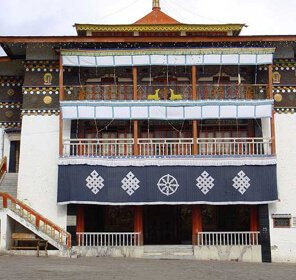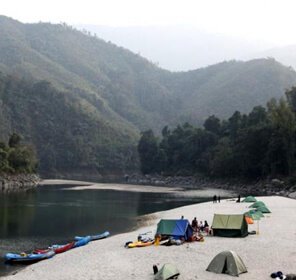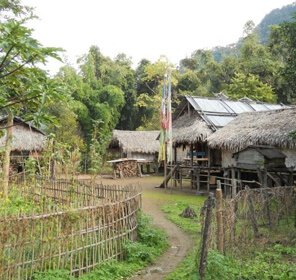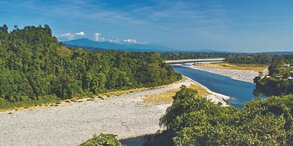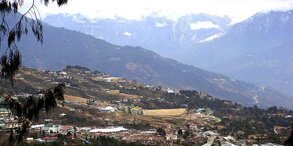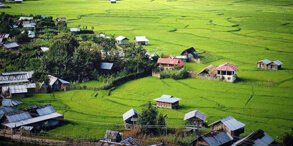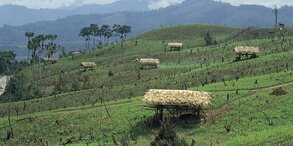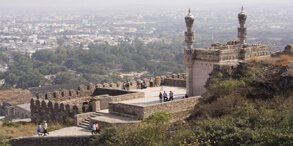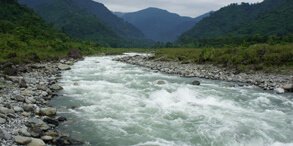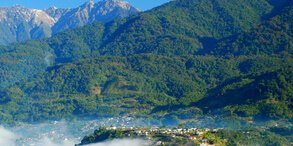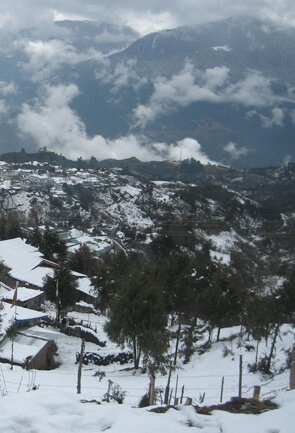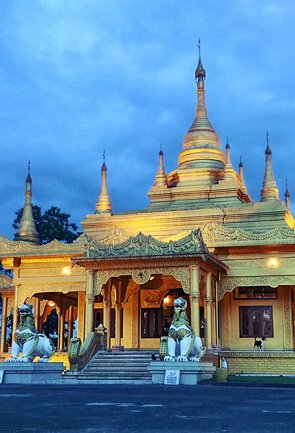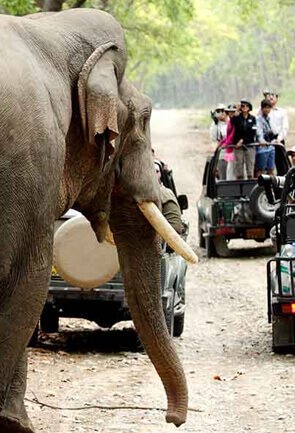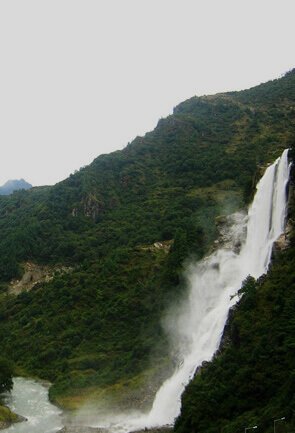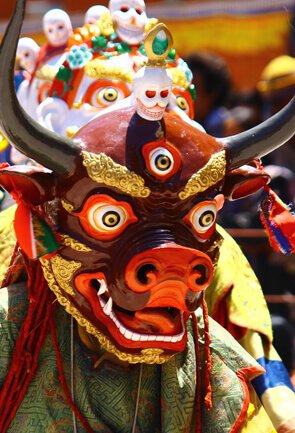Situated in the East Kameng District, Pakke Tiger Reserve is a part of Pakhui or Pakke Wildlife Sanctuary. The wildlife reserve is an ideal place for viewing and photographing four species of hornbills along with numerous animal and bird species.
Pakke Tiger Reserve (PTR) offers a pristine landscape and is home to some of the rare species of flora and fauna. What makes PTR special are the brilliant efforts of the Forest Department and local communities like that of Nyishi Tribe who inhabit in the area around the park to protect the wildlife here. The significant measures that included penalties on wildlife violation changed the scenario in the reserve, making it quite a safe place for the flora and fauna to flourish in peace. Resultant, the reserve has become a shelter for over 2000 species of plants, 300 species of birds, 40 species of mammals, 30 species of amphibians and 36 species of reptiles. There are many species of the flora and fauna existing in PTR that are globally threatened and two of them includes Hornbill and White Winged Wood Duck.
This Tiger Reserve has also won India Biodiversity Award 2016 in the category of 'Conservation of threatened species' for its Hornbill Nest Adoption Programme. PTR adjoins reserved forests and Nameri National Park of Assam in south and south-east and to its east, lies the Pakke River and Papum Reserve Forest. In the west, the park is bounded by the Bhareli or Kameng River, Doimara RF and Eaglenest Wildlife Sanctuary and in the north it is flanked by the Kameng River and the Shergaon Forest Division. The habitat types in the park include are lowland semi-evergreen, evergreen forest and Eastern Himalayan broadleaf forests. A total of 343 woody species of flowering plants can be seen in PTR and the notable animals here are tiger, leopard, clouded leopard, jungle cat, wild dog jackal, Himalayan black bear, binturong, elephant, gaur, sambar, hog deer, barking deer, wild boar, yellow throated Martin, Malayan giant squirrel, flying squirrel, squirrel, civet, capped langur, rhesus macaque, Assamese macaque, and bison.
Hotels Around
One can be spoilt for choices for accommodation near Pakke Tiger Reserve. The area around the reserve includes accommodation options like jungle camps, hotels, homestays, government houses, and tea bungalows. Along with promising a comfortable stay, most of these staying places include village walks and other ways of making the guests learn more about this wildlife rich region.

There is also an option of village stays available in the form of homestays, homestay lodges, lodges, village resorts, community units, and inspection bungalows, each promising an authentic rural experience. Also comfortable accommodation is available at Seijosa, Khari and Langka forest rest houses on the eastern side of the park and at Bhalukpong.
How to Reach
PTR can be reached through Seijosa in the east, Bhalukpong in the west and Pakke Kessang in the north. Seijosa is connected to Guwahati which is 234 kms away; and Tezpur in Assam which is at a distance of 64 kms. Arunachal Pradesh State Transport (APST) as well as private bus services are available daily from Tezpur to Seijosa (except on Thursdays), Seppa and Itanagar. One can also hire a cab from Tezpur and Bhalukpong.
Best Time to Visit
The best time to visit Pakke Tiger Reserve is usually winter season, between November to March. However, the ideal time would be to plan a trip here during the Nyokum yullo, the harvest festival of Nyishi Tribe. This festival allows visitors a chance to take a peek inside the simple lives of Nyishi Tribe that inhabits the area around the park.













